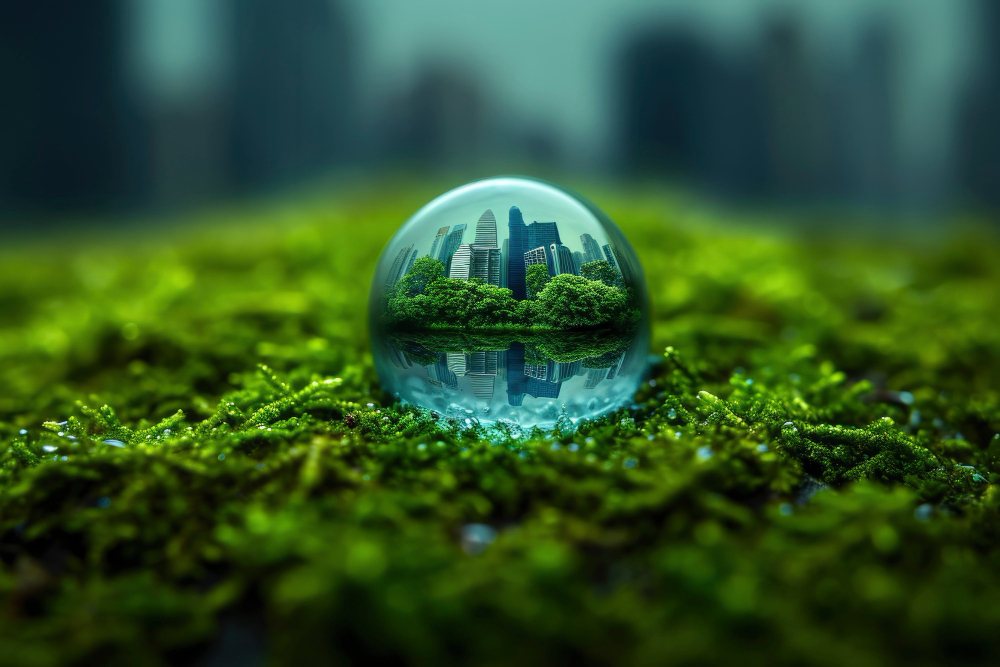Styro, quick for styrofoam, is a fabric that has extensively impacted diverse industries, from packaging to creation and design. Its lightweight, insulating, and Cushioning houses make it a useful resource in many programs. In this newsletter, we can delve into the records, makes use of, environmental effect, and future of styro, dropping mild on why this fabric has come to be so widespread in current society.
The Genesis of Styro
Styrofoam, technically known as increased polystyrene (eps), was first advanced within the Fifties through the chemical agency dow chemical. The innovation took place when researchers had been looking for a manner to create a fabric that become both light-weight and insulating. Through expanding polystyrene beads and fusing them together, they created styrfoam—a material with a low density and exquisite thermal insulation homes. The call “styrofoam” is often used generically, even though it is actually a trademarked brand.
Packages In Packaging
One of the maximum common makes use of of styro is in packaging. Its cushioning homes make it an ideal preference for protecting fragile objects at some point of delivery. Electronics, glassware, and even meals items are regularly packaged the use of styrfoam because of its potential to take in shocks and save you harm. The material’s light-weight nature additionally allows lessen shipping expenses, making it a value-powerful preference for producers and stores alike.
Similarly to cushioning, styrofoam is likewise used for insulation in packaging. As an instance, it helps keep the temperature of perishable goods during transit. That is crucial for merchandise like frozen ingredients and prescribed drugs, which require strict temperature manage to ensure great and efficacy.
The Role In Construction
In the production enterprise, styro is used as an insulating fabric in numerous programs. Its thermal insulation residences help to enhance the electricity efficiency of buildings. Styrfoam is often used inside the form of boards or panels to insulate partitions, roofs, and floors. This software no longer most effective allows in reducing electricity intake however additionally enhances the consolation of indoor areas with the aid of keeping a strong temperature.
Every other enormous use of styrofoam in creation is inside the advent of lightweight concrete. Through incorporating styrfoam beads into concrete mixes, developers can lessen the general weight of systems without compromising energy. This technique is in particular beneficial for developing systems that require less guide and can resist seismic sports.
Styro In Artwork And Layout
Beyond its realistic programs, styrofoam has determined a gap in the world of art and layout. Its versatility and simplicity of manipulation make it a popular choice for sculptors and architects. Artists regularly use styrfoam blocks to create models and prototypes, as it could be without difficulty carved and fashioned. Moreover, its lightweight nature lets in for large-scale sculptures to be transported and displayed with relative ease.
In interior design, styrofoam is used in numerous ornamental factors. It may be molded into difficult designs for ceiling tiles, wall panels, or even furnishings. Designers recognize styrfoam for its capacity to imitate extra high priced substances while last price-effective.
Environmental Worries
No matter its many advantages, styro is not with out its environmental troubles. One of the number one issues is its impact on waste control. Styrofoam isn’t always biodegradable, which means it can persist in landfills for masses of years. This contributes to environmental pollutants and poses challenges for waste management structures.
Efforts were made to cope with those concerns through recycling applications and the improvement of opportunity substances. Some areas have implemented bans or restrictions on styrfoam merchandise, in particular in meals packaging. Moreover, agencies are exploring biodegradable options and recycling technologies to mitigate the environmental effect.
Improvements And Options
The search for extra sustainable substances has brought about big innovations within the subject of packaging and construction. Researchers are growing biodegradable alternatives to styrofoam, along with materials made from cornstarch, mushrooms, and seaweed. These alternatives aim to provide comparable advantages while lowering environmental impact.
In the realm of recycling, there have been advancements in processing styrofoam waste. New technology are rising that could ruin down styrfoam into its thing substances, which can then be reused or repurposed. Those improvements provide hope for dealing with styofoam waste extra successfully and reducing its environmental footprint.
The Future Of Styro
Searching ahead, the destiny of styrofoam will possibly contain a balance among its benefits and its environmental effect. The fabric’s software in packaging, construction, and design is undeniable, but addressing its environmental demanding situations is vital for its endured use. The improvement of sustainable alternatives and stepped forward recycling technology will play a giant role in shaping the future of styrofoam.
Furthermore, as industries and purchasers come to be greater environmentally aware, there will be accelerated pressure to undertake green practices. This can result in stricter guidelines on styrfoam use and a shift towards more sustainable substances. Businesses that innovate and adapt to these modifications will be higher positioned to thrive in a destiny that prioritizes
Conclusion
Styro, or styrofoam, has undeniably played a pivotal position in revolutionizing packaging, construction, and design with its light-weight, insulating, and cushioning homes. From protective fragile goods throughout transport to enhancing power performance in homes, styro’s versatility has made it a staple throughout a couple of industries. Its adaptability has even extended to the creative nation-states of artwork and indoors design, wherein it’s miles valued for its ease of manipulation.
However, the environmental issues associated with styr can not be overlooked. Its non-biodegradable nature poses substantial challenges to waste control and contributes to lengthy-time period pollutants. In response, improvements in recycling technologies and the development of biodegradable alternatives sign a promising shift towards sustainability.
The future of styro will hinge at the balance among its practical advantages and environmental impact. As industries hold to prioritize green practices, the strain to adopt greener alternatives and enforce extra green recycling techniques will grow. Agencies that embody those adjustments and push for innovation in sustainable materials can be higher positioned for long-term achievement in an increasingly environmentally conscious world.

